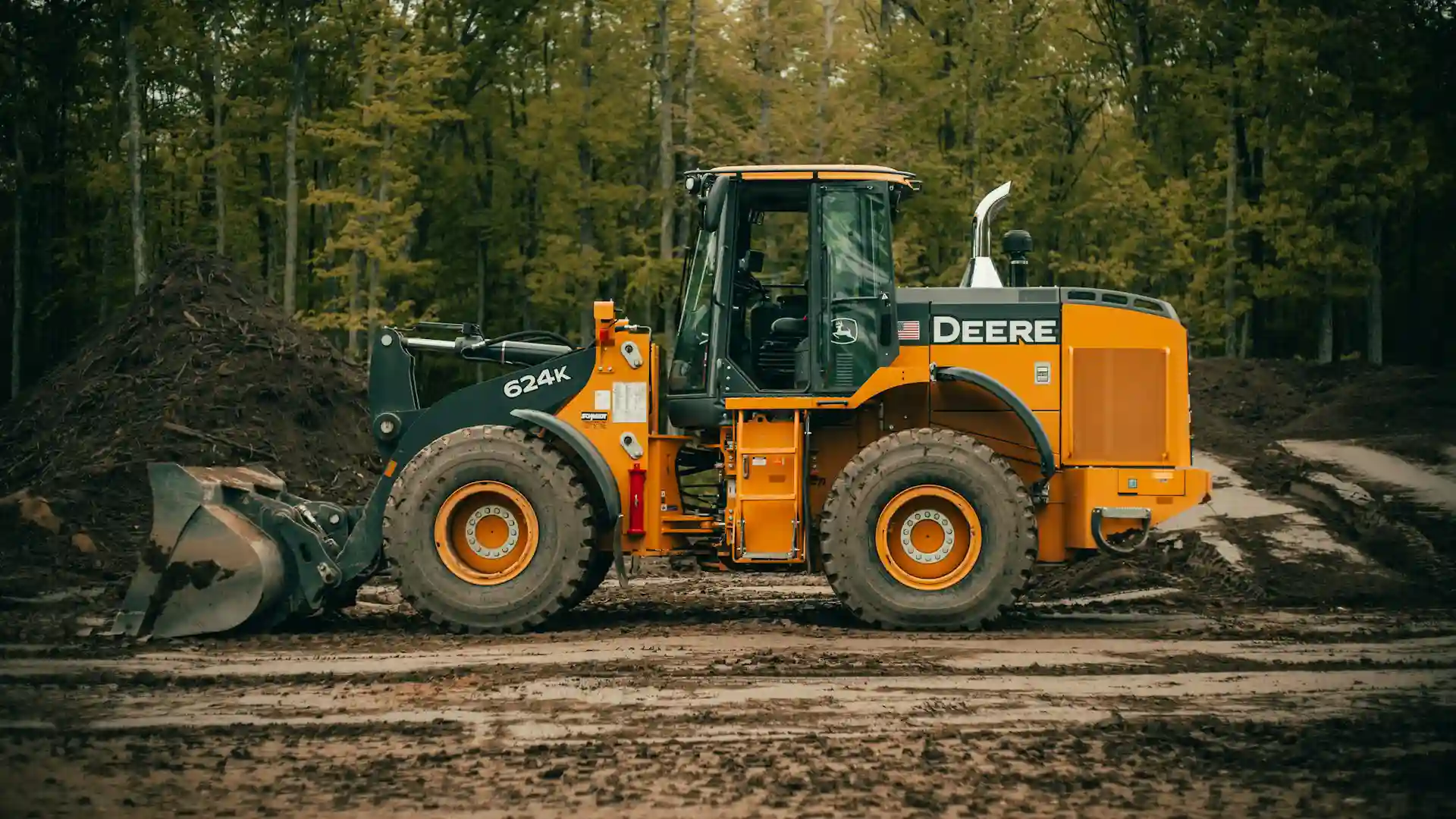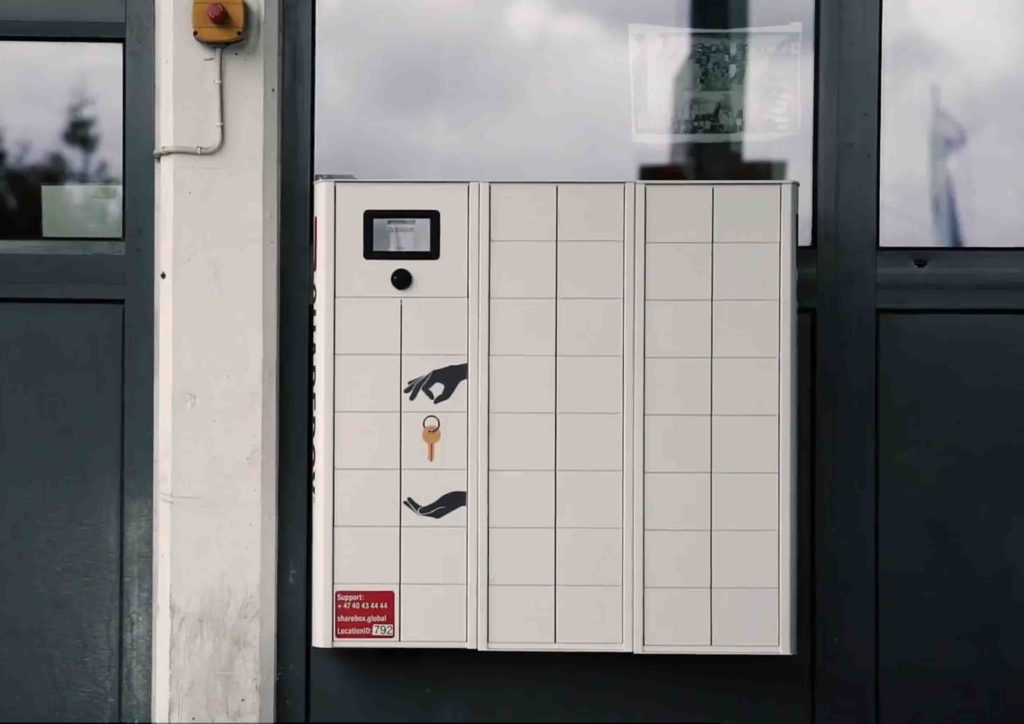In the world of construction, machinery and tool rental, safeguarding inventory is paramount. Each rented asset represents a significant investment, and ensuring its condition before and after each rental is key to avoiding unexpected costs and customer disputes. Advanced inspection tools are revolutionizing rental management, offering digital solutions that enhance accountability, improve workflow efficiency, and ultimately extend the lifespan of rental equipment.
The role of inspection tools in rental management
Inspection tools, including a checker module, provide a structured approach to tracking the condition of tools, machinery, and construction equipment throughout the rental lifecycle. By leveraging digital documentation, these tools help rental businesses protect their assets, reduce conflicts with customers, and streamline their operations.
How inspection tools work
A wide range of inspection tools is available, from general templating solutions like GoCanvas to industry-specific platforms such as Record360 and InspectAll. In the Nordics, Digiquip is gaining popularity for its focus on training, ensuring that only authorized personnel operate the correct equipment while also offering inspection and maintenance features.
Solutions like Digiquip and Record360 provide a comprehensive system for documenting asset conditions with high-resolution images, videos, and detailed notes. These digital records enhance transparency and serve as indisputable proof of an asset’s condition before and after use.
Key features include:
- Photo & video documentation: Capture high-quality images and videos for thorough condition reports.
- Automated workflow: Speed up check-in and check-out processes.
- Damage detection with AI assistance: Identify wear and tear early to prevent further deterioration.
- E-Signature verification: Ensure customer accountability with legally binding digital signatures.
- Maintenance notifications and tracking: Stay ahead of necessary repairs and upkeep.
Key benefits of using inspection tools
1. Preventing damage disputes
One of the biggest challenges in rental management is determining responsibility for damages. Visual documentation eliminates ambiguity, providing an objective basis for assessing repairs and minimizing disputes with customers.
2. Enhancing operational efficiency
Digital inspection tools reduce paperwork and streamline administrative tasks. With automated workflows and instant access to inspection reports, rental businesses can process rentals more quickly and efficiently.
3. Strengthening asset protection
By closely monitoring wear and tear, rental companies can proactively schedule maintenance and repairs, extending the lifespan of their equipment. This ensures that assets remain in optimal condition, reducing unexpected breakdowns and costly replacements.
4. Ensuring compliance and liability protection
For businesses renting out heavy machinery or specialized tools, compliance with safety regulations is critical. Inspection tools help track maintenance logs and safety checks, ensuring that equipment meets industry standards and reducing liability risks.

Optimized inspection processes for rental businesses
For maximum effectiveness, inspection tools should work seamlessly within rental operations. Sharefox, a leading rental software provider, supports inspection tools like GoCanvas, InspectAll, Digiquip and Record360, enabling businesses to streamline their workflows. With these tools, rental companies can efficiently manage bookings, payments, and inspections, ensuring a smooth and transparent rental experience.
Key benefits for rental businesses:
- Unified workflow: Oversee reservations, payments, and inspections with ease.
- Enhanced transparency: Share real-time condition reports with customers.
- Improved efficiency: Reduce time spent on manual inspections and data entry.
- Data-driven insights: Utilize analytics to optimize fleet and inventory management.
The future of equipment rental: Digital inspection tools as a standard
As the rental industry becomes increasingly digital, adopting inspection tools is no longer a luxury—it’s a necessity. Businesses that leverage these technologies will not only protect their investments but also enhance customer satisfaction and operational efficiency. Using advanced inspection tools with rental management software like Sharefox, rental businesses gain a comprehensive solution that ensures smoother transactions, better asset protection, and long-term profitability.
By embracing digital inspections, rental companies set themselves apart as industry leaders, offering a seamless and secure rental experience while maximizing the longevity of their equipment. This topic has also been a key focus in the digitalization efforts of the European Rental Association.
Interested in discovering how Sharefox rental software and inspection tools can benefit your business? Reach out to us today to learn more!
Key points
- Importance of inspection tools – Essential for protecting rental equipment, reducing disputes, and ensuring operational efficiency.
- How they work – Digital tools like Digiquip and Record360 capture high-quality images, automate workflows, and detect damage using AI.
- Key benefits – Prevents damage disputes, enhances efficiency, strengthens asset protection, and ensures compliance with safety regulations.
- Streamlined rental management – Platforms like Sharefox enable unified handling of bookings, payments, and inspections, creating a more efficient and transparent rental process.
- Future of rental management – Digital inspections are becoming the industry standard, improving transparency, efficiency, and long-term profitability.
FAQs
1. What are inspection tools in the context of construction, machinery and tools rentals?
Inspection tools are digital solutions designed to evaluate and document the condition of construction equipment, machinery and tools before and after rental. These tools assist rental businesses in tracking wear and tear, preventing disputes, and ensuring proper maintenance. A wide variety of options are available, ranging from general templating tools like GoCanvas to industry-specific solutions such as Record360 and InspectAll. In the Nordics, the Digiquip software is becoming increasingly popular. This software primarily focuses on training and ensuring that the correct equipment is used by authorized personnel, while also offering features for inspections and maintenance
2. How do inspection tools enhance accountability in rentals?
By providing high-resolution images, videos, and detailed notes, inspection tools create an objective record of asset conditions. This documentation helps clarify any discrepancies regarding damages, making it easier to determine responsibility.
3. What are the key features of modern inspection tools?
Key features include:
- Photo and video documentation for thorough condition reports.
- Automated workflow to streamline check-in and check-out processes.
- AI-assisted damage detection for early identification of wear and tear.
- E-signature verification for customer accountability.
4. How do inspection tools improve operational efficiency for rental businesses?
These tools reduce paperwork and administrative tasks by automating workflows and providing instant access to inspection reports, enabling rental businesses to process rentals more quickly and effectively.
5. In what ways do inspection tools help prevent damage disputes?
Visual documentation provided by inspection tools eliminates ambiguity by offering an objective basis for assessing repairs, which minimizes conflicts and disputes between rental companies and customers.
6. How do inspection tools contribute to asset protection?
By closely monitoring the condition of equipment, inspection tools allow rental companies to proactively schedule maintenance and repairs, ensuring that assets remain in optimal condition and reducing the risk of unexpected breakdowns.



